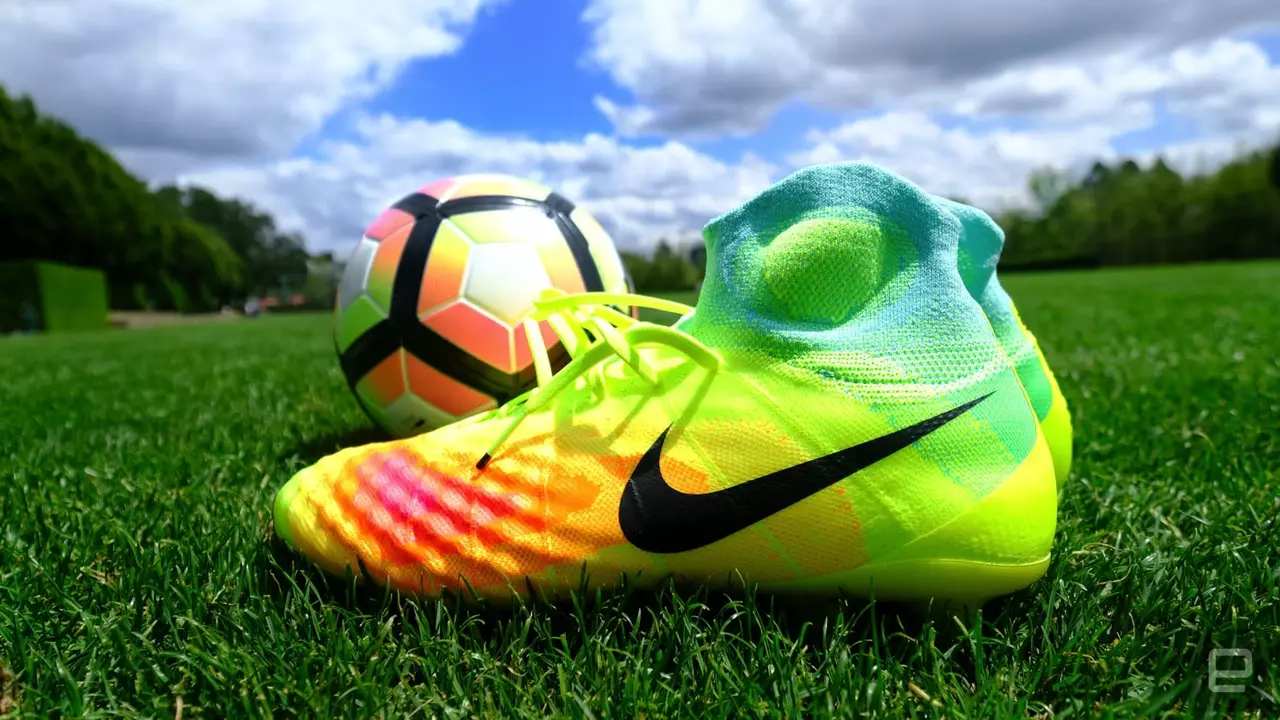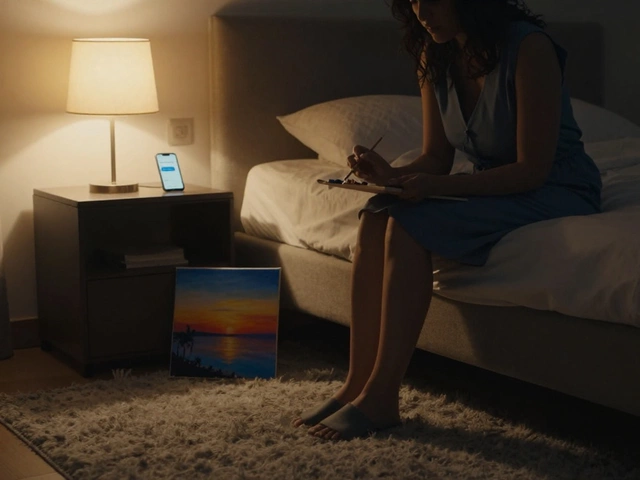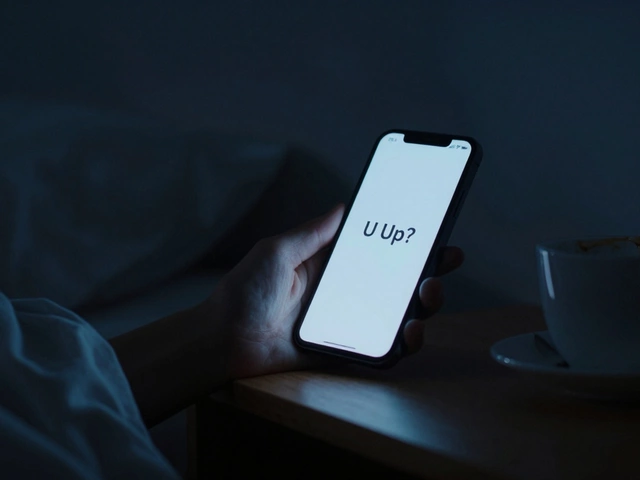Playing Without Cleats – What You Need to Know
If you’ve ever taken off your cleats on a quick break or at a backyard game, you know it feels different. The grass is softer, the ball rolls a bit faster, and you might wonder if you can skip the shoes altogether. The short answer? It’s usually a bad idea for serious play, but there are ways to keep the fun without risking your feet.
Why Cleats Matter
First off, cleats aren’t just fashion. They give you traction on wet or muddy fields, help you change direction quickly, and protect your feet from bruises and cuts. When you ditch them, your footing becomes slippery – that’s why many players end up sliding into opponents or twisting an ankle. The article on knee injuries on our site shows how constant twisting can wear down joints. Playing without proper grip makes those twists happen more often.
Cleats also spread the impact when you jump or run. Without that support, the force goes straight to your knees and shins. Over time, you can feel the same aches that the "Why do soccer players have bad knees?" post describes. So even if you’re just kicking a ball for fun, you’re still putting stress on the same muscles and joints.
Safe Ways to Play Without Them
Sometimes you’ve got no cleats – maybe you’re at a park, or you forgot them. Here’s how to keep it safe. Choose a flat, dry surface like a well‑kept grass field or a firm artificial turf. Avoid soggy ground where you’ll slip. Warm up extra‑long: do light jogs, ankle circles, and gentle stretches to get the muscles ready.
Consider using indoor‑style soccer shoes or light training shoes. They have flat soles that give enough grip without the deep studs of full cleats. If you’re really set on barefoot, wear ankle‑support bands and limit the intensity. Keep the passes short, avoid high‑speed sprints, and watch out for sharp objects on the ground.
Another trick is to use a smaller, softer ball. A regular match ball can hit your foot hard if you’re not protected. A size‑4 or size‑5 training ball reduces the impact and helps you focus on control rather than power.
Lastly, listen to your body. If your foot or knee starts hurting, stop immediately. A quick ice pack and rest can prevent a minor sore from turning into a chronic problem. The advice from the "What soccer position should I play if my height is 5 ft 6?" article applies here too – focus on skill and comfort over trying to play like a pro without the right gear.
In short, cleats are there for a reason. Skipping them occasionally is fine if you pick a safe spot, warm up well, and don’t push yourself too hard. When you can, stick to the proper shoes and you’ll keep your game smooth and your knees happy.

Can I play soccer without cleats?
by Caspian Montgomery / 28 Jul 2023Well, my friends, if you're wondering if you can play soccer without cleats, the short answer is: absolutely, yes! But hold onto your socks, because it's not all rainbows and bicycle kicks. Playing soccer without cleats may be like trying to eat soup with a fork - possible, but not really practical. You'd miss out on all that extra grip and speed cleats give you, kind of like a superhero without his cape. So, while you can definitely give it a whirl, don't expect to be the next Messi without your trusty cleats, unless you're playing on a super soft, sandy beach!

